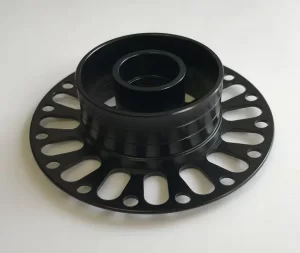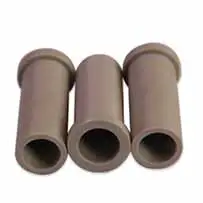Precision Lathe Machining Services
- Precision Lathe Parts
- ±0.005mm Tolerance
- Delivery as Fast as 5 Day
- Smart solution to reduce cost.
Our Turning Machining Expertise
We specialize in providing a wide range of turning machining services, ensuring high precision and excellent surface quality. Our highly skilled engineers possess extensive experience, enabling us to overcome any kind of challenge.
Additionally, we have strong partnerships with nearby facilities equipped with various types of turning machines, each with its own unique advantages. This allows us to select the most suitable machine for your specific needs, ensuring cost reduction without compromising quality.
Types of turning machining parts
shafts

Transmission Shafts,Lead Screws,Pins.,etc.
Discs/Flanges,

Flanges, End Caps, Gear Blanks.,etc.
Bushings/Sleeves

Bushings, Bearing Housings, Cylinder Barrels.,etc.
Complex Contour Parts

Camshafts, Turbine Blades, Connector Housings.,etc.
CNC turning parts
See how a CNC lathe turning machined a part
Materials for precision Turning machining
The commonly used materials for lathes turning process are round rods, hexagonal rods, and tubes. There is a wide range of metals or plastics for turning. Choose the proper size of bars or tubes in the market or a custom size if the order quantity is big enough.
Click here to see the Common material grades in turning machining industry.

Surface finishes for turning parts
Select one type of surface finish for your parts after machining. Different materials are capable of different surface finishes. Below are the surface finish types that are widely used.
- Anodizing
- Chrome Plating
- Silver plating
- Gold plating
- Nickel plating
- Brushing
- Bead blasting
- Powder Coating
- Painting
- Polish
- Grinding
- Head treatment: Normalizing & Annealing & Tempering & Quenching
- Nitriding
- Passivate
- Carburization
- Teflon coating
- Part marking-laser etching & silk printing & pad printing















